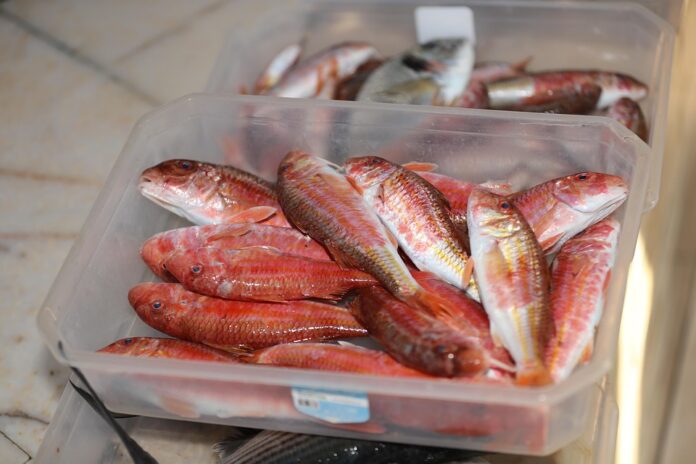Introduction
Seabass is a popular fish consumed worldwide for its delicate flavor and nutritional benefits. As the demand for seafood continues to rise, the debate between wild-caught and farmed seabass has gained significant attention. In this report, we will compare the sustainability and profitability of wild-caught versus farmed seabass, analyzing key factors such as environmental impact, cost efficiency, and market trends.
Environmental Impact
Wild-Caught Seabass
Wild-caught seabass involves capturing fish from their natural habitats, which can have a significant impact on marine ecosystems. Overfishing, bycatch of non-target species, and habitat destruction are some of the environmental concerns associated with wild-caught fishing. Additionally, the depletion of wild seabass populations can disrupt the balance of marine food chains.
Farmed Seabass
Farmed seabass, on the other hand, is produced in controlled environments such as sea cages or tanks. While fish farming can alleviate pressure on wild populations, it comes with its own set of environmental challenges. Issues such as water pollution, disease outbreaks, and habitat degradation can arise from intensive fish farming practices.
Overall, both wild-caught and farmed seabass have environmental implications, and sustainable practices must be implemented to mitigate their impact on marine ecosystems.
Cost Efficiency
Wild-Caught Seabass
The cost of wild-caught seabass can vary depending on factors such as fishing location, seasonality, and market demand. Harvesting wild seabass requires significant resources such as fuel, equipment, and labor, making it a costly endeavor. Additionally, fluctuations in wild fish populations can affect the availability and price of wild-caught seabass.
Farmed Seabass
Farmed seabass production involves investments in infrastructure, feed, and labor, but it offers more control over production costs compared to wild-caught fishing. With advancements in aquaculture technology, the efficiency and profitability of seabass farming have improved in recent years. Economies of scale and vertical integration in fish farming operations can further enhance cost efficiency.
In terms of cost efficiency, farmed seabass may have an advantage over wild-caught seabass due to the controlled production environment and potential for economies of scale.
Market Trends
Wild-Caught Seabass
The market for wild-caught seabass is influenced by factors such as fishing regulations, seasonal availability, and consumer preferences. With growing awareness of sustainable fishing practices, there is a shift towards certified wild-caught seafood products in the market. However, the limited supply of wild seabass and potential regulatory restrictions can impact the availability and pricing of wild-caught fish.
Farmed Seabass
Farmed seabass has seen a steady increase in production globally, driven by the growing demand for seafood and advancements in aquaculture technology. The availability of farmed seabass year-round and consistent quality have made it a popular choice among consumers and seafood suppliers. Market trends indicate a positive outlook for the farmed seabass industry, with opportunities for growth and expansion.
Conclusion
In conclusion, the debate between wild-caught and farmed seabass revolves around the balance between sustainability and profitability. While wild-caught seabass may offer a more natural and traditional fishing method, it comes with environmental challenges and cost inefficiencies. On the other hand, farmed seabass presents an opportunity for controlled production, cost efficiency, and market growth.
Ultimately, the sustainability and profitability of wild-caught versus farmed seabass depend on various factors such as environmental practices, market dynamics, and consumer preferences. Finding a balance between these factors is crucial for the long-term viability of the seabass industry.




